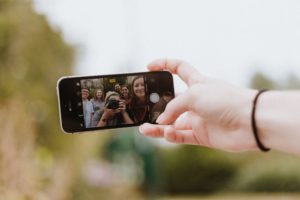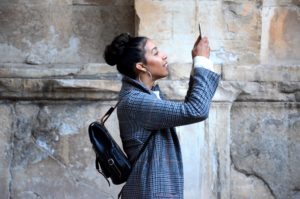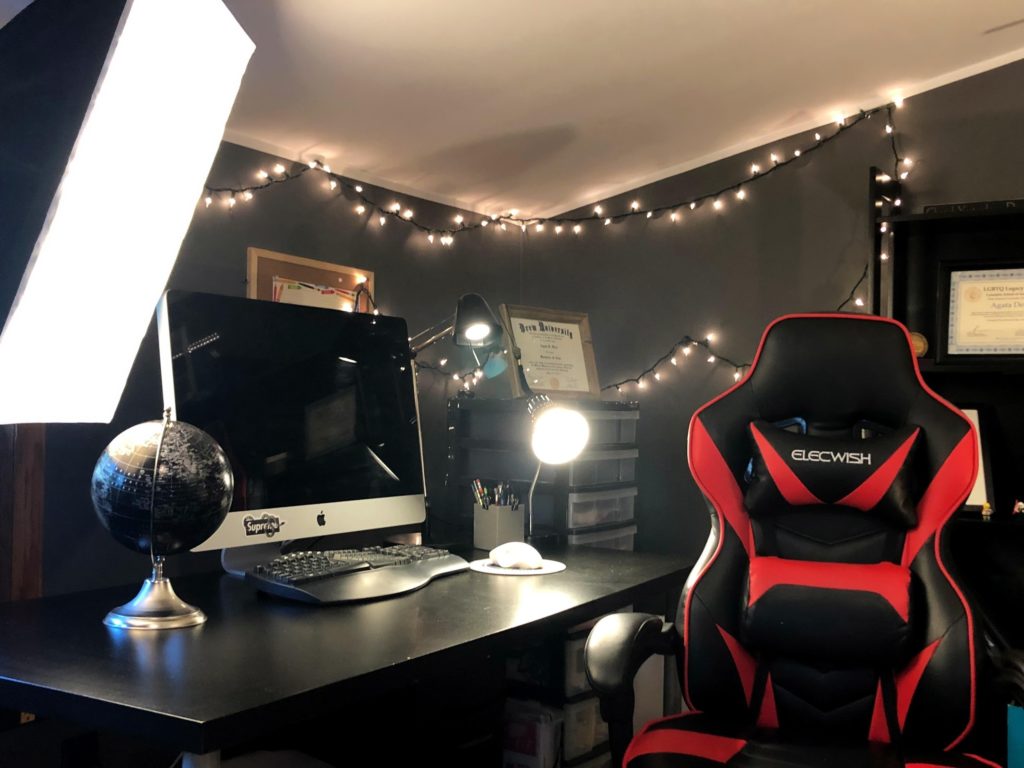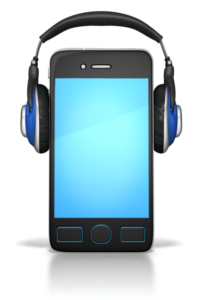Virtual Field Education: Harnessing Technology and Campus Partnerships to Provide Learning Opportunities

Editor’s Note: In this blog post, Michael Lynch, Clinical Assistant Professor of Field Education at the University at Buffalo’s School of Social Work, shares how his field program shifted their curriculum from in-person, place-based learning activities to remote learning during the national quarantine from the COVID19 pandemic in March 2020. Specifically, he talks about how social work field programs can leverage partnerships and opportunities within their own institution to quickly meet the educational needs of field students. You can connect with Michael at mrlynch2@buffalo.edu
With the intensification of the global pandemic in March 2020, most higher education programs in the United States quickly switched all of their courses to a distance-learning model. This disruption has forced social work instructors to think creatively about how to deliver content and experiences in new ways. For social work field education programs, this transition poses additional difficulty due to its client-facing, experiential nature. For example, students in field education typically are intervening directly with clients in settings like schools, mental health clinics, prisons, and hospitals. Students provide counseling, mentorship, and other forms of support directly to clients in an in-person environment.
Tech-based Assignments for Remote Teaching & Learning in Social Work
In social work education, we are all trying to figure out how to transition our students, instructors, field supervisors, and courses to remote learning (AKA online course delivery). This is no small feat given that COVID-19 has affected all of us personally as well as professionally. Myself, I have been working to create remote volunteering options for over 100 BSW students in three service learning courses (more on that later).
Over the past few years, I have written about different types of technology-based assignments on this blog, and have asked several other social work educators to share their technology-based learning activities and experiences. In this post, I am pulling together a list of technology-based assignments that you can use and adapt for your own needs during these strange times.
Being a Social Work Student in the times of COVID-19: One way to share, document & support
The COVID-19 public emergency is unprecedented and affects our personal and professional lives. From trying to find diapers and toilet paper to figuring out how to learn remotely as a social work, few of us were prepared for the speed with which this emergency changed our daily lives. And we have yet to know and understand what things will look like in the next few weeks or months.

Thus, we are trying to capture this moment in history by harnessing the power of technology for social good. Through short videos posted on Flipgrid (a social learning platform designed for video discussion forums), we are hoping to create community while also collecting stories from social work students. We hope these stories can help us support and learn from each other during a time of social distancing as well as provide a source of information for future ways to prepare students and educators for these types of crises (i.e. what are the best ways to learn remotely as a social work student or how do I stay connected with my friends and peers from school). We anticipate that these videos will provide a wealth of information for blogs posts or other scholarship that will inform how social work needs to adapt to complex social problems. This might include qualitative thematic analysis or quotes from posts. Any peer-reviewed content will be anonymized, but please remember that these posts are a form of public social media.
Social Work in the Times of COVID-19: One way to share, document & support
The COVID-19 public emergency is unprecedented and affects our personal and professional lives. From trying to find diapers and toilet paper to figuring out how to work remotely with students and colleagues, few of us were prepared for the speed of which this emergency changed our daily lives. And we have yet to know and understand what things will look like in the next few weeks or months.

Thus, we are trying to capture this moment in history by harnessing the power of technology for social good. Through short videos posted on Flipgrid (a social learning platform designed for video discussion forums), we are hoping to create community while also collecting our stories as social workers (practitioners and educators). We hope these stories can help us support and learn from each other during a time of social distancing as well as provide a source of information for future directions for the profession (i.e. what are the best ways to work remotely as a social worker or what are best practices for transitioning learning to online environments). We anticipate that these videos will provide a wealth of information for blogs posts or other scholarship that will inform how social work needs to adapt to complex social problems. This might include qualitative thematic analysis or quotes from posts. Any peer-reviewed content will be anonymized, but please remember that these posts are a form of public social media.
The Power of Lighting in a Virtual Classroom: Tips on Improving Webcam Lighting for Online Educators
Editor’s Note: Agata Dera, MSW, is an Associate and Live Support Specialist with the Columbia School of Social Work’s (CSSW) Online Campus, where she works with social work faculty and students in online courses to optimize the digital learning environment. In this post, she provides insight on how online educators can put their best foot forward during live sessions through lighting. I first met Agata when I participated in CSSW’s Institute on Pedagogy and Technology for Online Courses last summer. You can read more about my experiences with the Institute in this post. In full disclosure, Agata did review and assess my ability to use lighting in a virtual classroom. All I can say is that I passed.
My primary responsibility is to provide technical support to the Columbia School of Social Work’s (CSSW) online community. My goal is to ensure that technology is considered as a tool rather than a barrier in online education. Also, as an alumni of this program, I am so proud to be a part of a virtual campus that is so committed to the quality of online learning by utilizing technological advancements.
One of the ways in which we ensure that our program is at the highest quality is by educating our community about the importance of great lighting when presenting on a webcam. Good lighting is one of the core elements of a successful on-camera performance for any online educator. It is part of our ongoing effort to create engaging, enlightening and innovative online courses in the most effective way possible.

Podcast Assignment for the Social Work Classroom
Editor’s Note: This blog post shares information about a podcast assignment developed and implemented in multiple social work classrooms over the past year. This assignment is a collaboration between myself and Melanie Sage, Todd Sage & Michael Lynch of the University at Buffalo’s School of Social Work. We share a copy of the assignment and rubric along with information about why social work educators might want to try this assignment in their own classroom.

Podcasts are now a well-known part of social work education. With so many different types of social work podcasts, it is easy for an educator to assign a podcast instead of an article, asking students to listen instead of reading. Examples of podcasts designed specifically for social work include:
- The Social Work Podcast by Dr. Jonathan Singer
- inSocial Work Podcast Series by the University at Buffalo’s School of Social Work
For a more comprehensive list of podcasts, check out this blog post written by one of us (Melanie):
Briefly, a podcast is an audio file made available on the Internet for downloading to a portable media player, computer, or other device. Podcasts are easy to create and do not require many technical skills which making the technology a good fit for student assignment and for faculty who do not have a lot of technology experience. One of us (Laurel) has been using and writing about podcast assignments for several years. Here are links to a series of posts she wrote back in 2014 when she first started using podcasts in her classroom:


